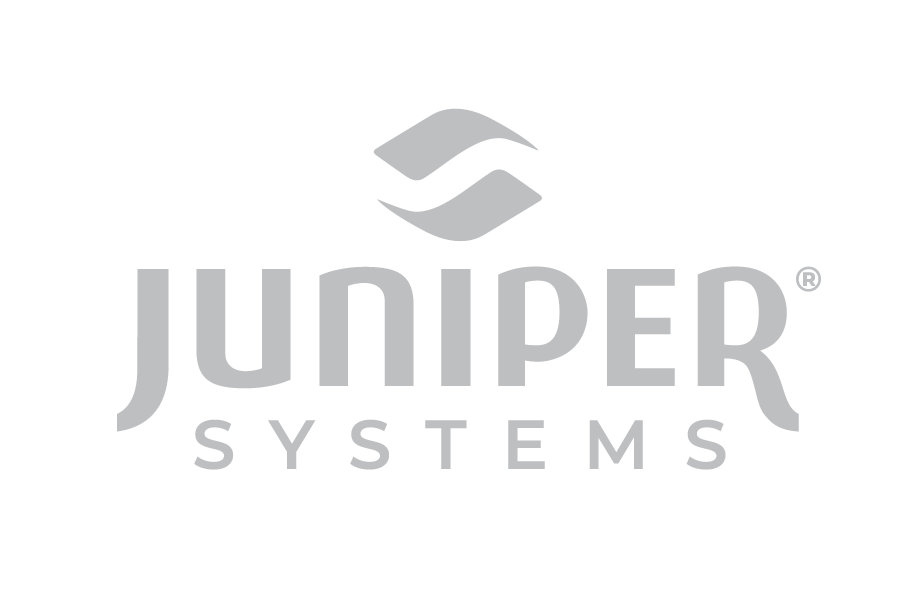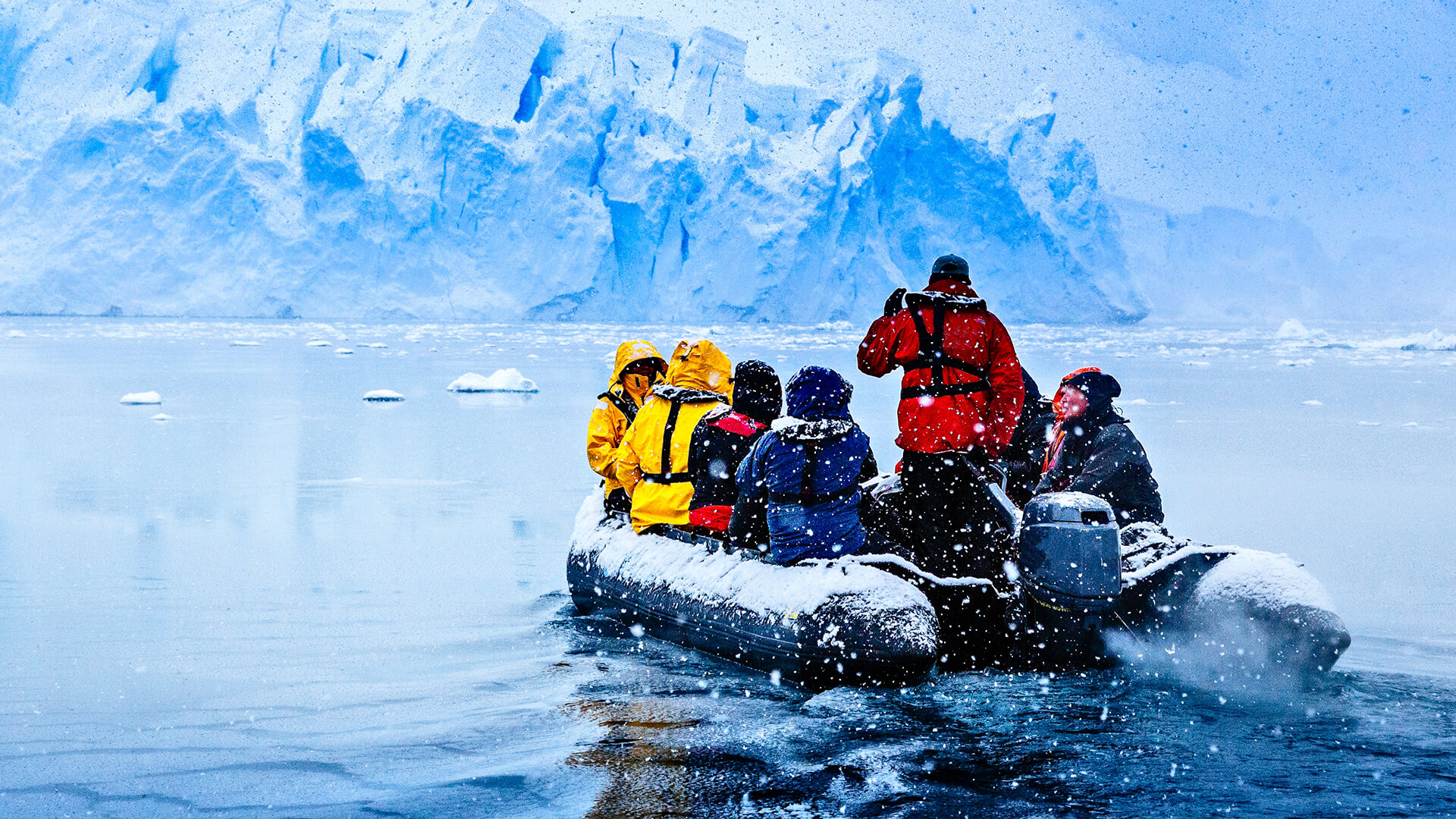Providing rugged data collectors to field workers around the world is at the heart of Juniper Systems’ core purpose. Important data that needs collecting can exist in various environments that present challenges to users and the devices that they are using. In this blog, we are going to explore some of the key features of Juniper’s Mesa® 3 Rugged Tablet and how it has been designed to work in these harsh environments so users can get the work done.
We recently held a webinar covering the Mesa’s key features and how it can be set up for successful data capture in any environment with just a few settings and best practices. Below is the video version of our recent webinar.
Use touch profiles for more efficient work in various environments
The Mesa 3 includes five preinstalled touchscreen profiles that allow for greater precision while using the Mesa in various elements and environments. These profiles include the default touch and stylus, finger only, stylus only, wet, and glove. These five profiles give users a wide range of touchscreen options.
Each touch profile plays a role in collecting data in harsh environments. The profiles are the same across the Mesa 3 running Windows 10 and the Mesa 3 running on Android.
Extreme heat and cold
The Mesa 3 was designed to endure a very large range in operating temperatures. Even the most ruggedized computer hardware can still have limits in extreme environments.
The Mesa 3 is rated for operating temperatures ranging from -4° – 120°F (-20° – 50°C). Often in extreme heat situations, direct sunlight presents the greatest source of heat on a device. Though heat may not shut down the device completely, it can certainly make the device perform worse due to the thermal restraints of the processor. To avoid overheating or processor slowdown, try masking or covering the device from direct sunlight and shade when possible to cool the device down.
Cold environments often offer the greatest threat to battery life and touchscreen responsiveness. Make sure batteries are charged fully before starting work in the cold. For situations where touchscreen controls are impaired by the cold Juniper offers a grounded stylus that plugs into the Mesa and provides a consistent conductive touch surface on the stylus for better performance in the cold. A glove profile is also available for those instances where users are using gloves due to cold. The glove profile enhances the responsiveness of the screen to better accommodate gloved fingers.
Wet environments and dirt and dust
Wet environments often present users with unique challenges. Device protection is often most concerning to users in the field with a tablet or computer. The Mesa is an IP68 rated rugged tablet, meaning the device is waterproof and dustproof. This rating allows the Mesa to be used in wet environments without cause for concern if it is covered in rain or dropped in water and completely submerged.
The wet touchscreen profile allows the Mesa to reject incidental inputs that can be registered from water droplets on the screen. This profile increases the pressure needed for an input to be registered. Holding the device at an angle while working in the rain helps avoid water from pooling on the screen and potentially creating an incidental input. If water does pool on the screen just shake off the device. Wet conditions are no match for the Mesa.
Dust is also a common environmental hazard that can wreak havoc on digital devices. The same IP68 rating that helps with water protection also covers dust ingression. Users can use the Mesa in dusty environments without worrying if the dust is going to affect the internal electronics of the device. The port cover on the Mesa is not required to maintain an IP68 rating, but it is a best practice to use the port cover in dusty environments so that your ports remain free of dust and easy to use. After a long day of working in a dusty environment, users can simply run their tablet under water to clean it off.
Hazardous Locations (Hazloc)
Hazardous locations are areas where certain devices are prohibited. Only those certified to meet certain requirements are allowed in the area. These restrictions mostly cover areas that possess a possibility of explosions such as gases or other accelerants.
The Mesa 3 is available in a Hazloc configuration that allows it to enter areas marked as Class I, II, & III, Division 2, Groups A, B, C, D, F, G.
Data still needs to be captured, even in harsh environments
The Mesa Rugged Tablet offers users a powerful and rugged data collection device regardless of the environments they are working in. To try a Mesa Rugged Tablet for yourself reach out to us and let’s chat about the environment you are collecting data in.

